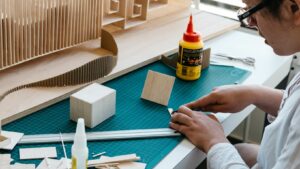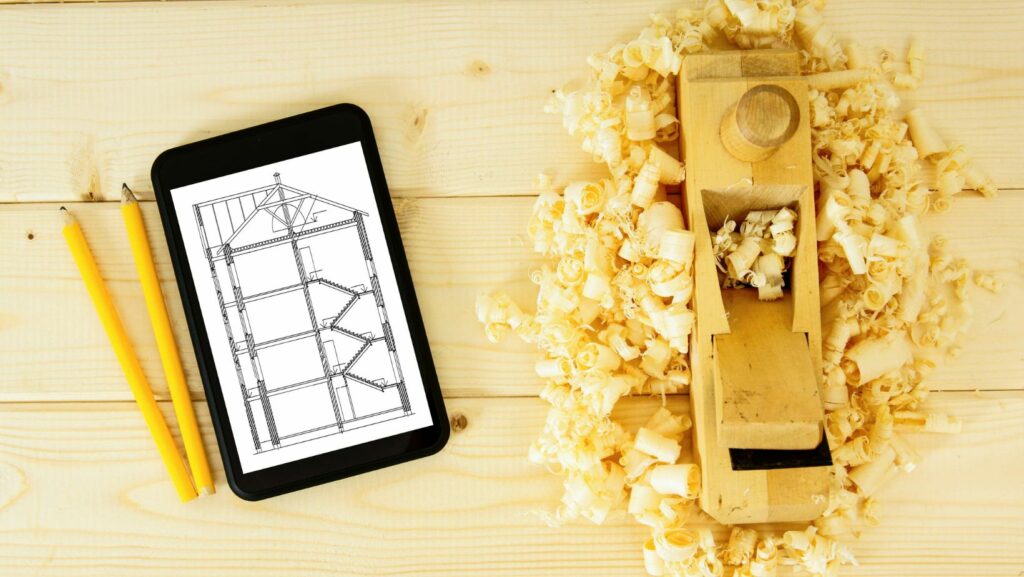Imagine living in a world without the mesmerizing beauty of the Sydney Opera House, the awe-inspiring grandeur of the Colosseum, or the soaring heights of the Burj Khalifa. These landmarks, and countless others, owe their existence to architectural design. But what exactly is architectural design?
In its most fundamental form, architectural design is the art and science of creating structures that not only provide shelter but also reflect cultural, societal, and individual values. It’s a discipline that combines creativity with practicality, aesthetics with functionality.
What is Architectural Design

Comprehending architectural design involves diving deeper into its structure, examining its core principles, and appreciating its impact on our surroundings. Architectural design, at its rudimentary level, encompasses two major elements: form (the physical shape and overall structure of a building) and function (the purpose served by the building). For instance, skyscrapers, representative of form, cater to commercial needs, signifying function.
Realizing the principles of architectural design reveals key constituents which include: balance (symmetrical or asymmetrical); emphasis (distinctive visual elements); contrast (highlighting differences); rhythm (repetition of patterns); and scale and proportion (maintaining harmony among various elements).
Elements of Architectural Design

Venturing into the realm of architectural design uncovers numerous elements that architects expertly manipulate to shape our surroundings. The distinct parts that play pivotal roles encompass space, line, point, texture, color, light, and shape.
- Space lays the foundation. It’s the basic layer where everything begins. Architecture manipulates space, dividing, adding or transforming it to bring about the desired effect.
- Lines, both horizontal and vertical, distinctively shape an architectural design. Think about a skyscraper and its command of vertical lines or a ranch-style house’s horizontal lines, exemplifying their strength.
- Point generates lines and shapes, brings focus, and directs attention. Placing tall trees in a plaza or a spire on a church illustrates how a point guides the eye.
- Texture affects the feel of a structure. Rough textures like brick and concrete may seem sturdy and tough while smooth surfaces, such as glass and marble, evoke a sleek, polished feel.
- Colors impart character and mood. A vibrant, daring red may evoke a lively ambience, while calm, cool blues may inspire a soothing aura.
- Light, both natural and artificial, significantly impacts the atmosphere. Strategic design choices concerning windows, skylights, and fixtures can dramatically influence the brightness or moodiness of a space.
- Finally, Shape— whether geometric or organic — plays a central role, dictating the identity of the architecture. From a cubist house to an expressive, fluid museum, the form enhances the narrative of architectural design.
In essence, these elements piece together to create architectural compositions, each contributing its unique value.
The Design Process in Architecture

The architecture design process, complex and multi-layered, taps into these fundamental elements – space, line, point, texture, color, light, and shape – to breathe life into spaces. The primary phase involves sketching the initial concept, an expansive endeavor marked by brainstorming and exploring various design ideas. In the subsequent step, architects fine-tune the sketches into more refined drafts, incorporating functional and aesthetic elements meticulously. Building Information Modeling software frequently assists in this endeavor, enabling architects to model and visualize their designs in three dimensions.
Trends and Innovations in Architectural Design
Architectural design is an evolving discipline, constantly adapting to societal changes, technological advancements, and environmental demands. It’s the art of blending form and function, balance, contrast, rhythm, and scale into a harmonious whole. It’s a meticulous process that transforms initial sketches into architectural wonders, shaping our surroundings through the manipulation of space, line, point, texture, color, light, and shape. The future of architectural design is set to be shaped by innovative technologies like Building Information Modeling software, promising more efficient and sustainable design solutions. As we move forward, it’s clear that architectural design will continue to play a pivotal role in defining our built environment, creating spaces that not only meet our needs but also inspire and uplift us.

